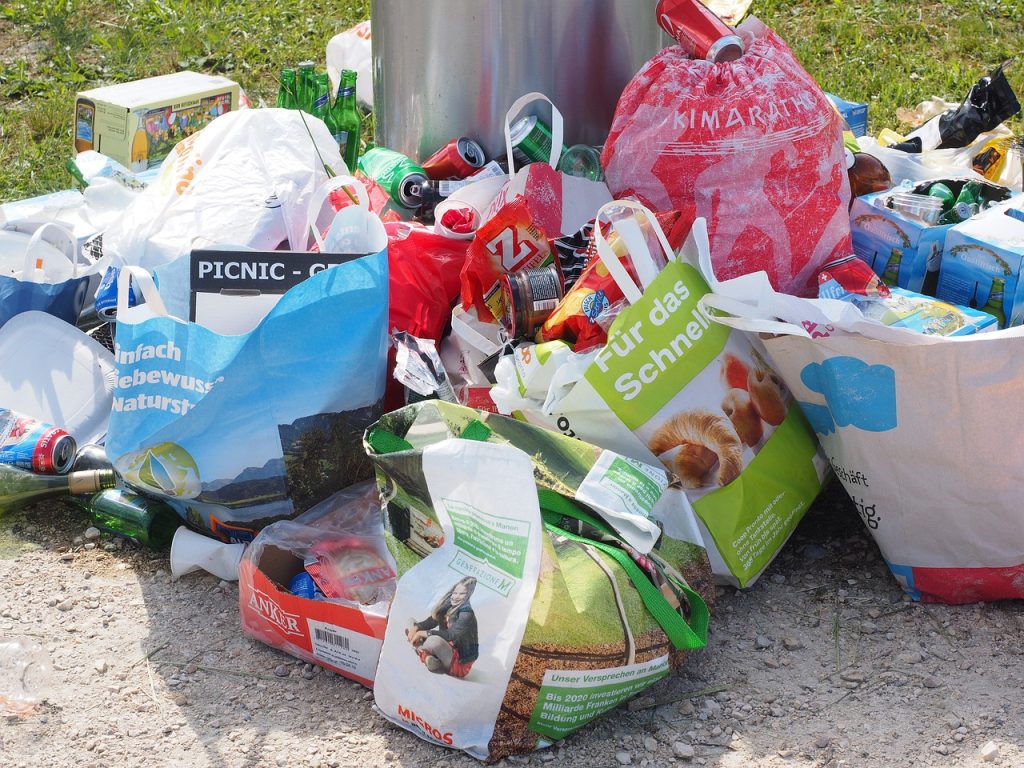When it comes to sustainable living, understanding the importance of waste segregation at home is essential.
The segregation of waste not only makes managing household garbage easier but also contributes significantly to the well-being of our environment.
So, why is it important to segregate waste at home, and how can we make waste management part of our daily lifestyle?
Let’s dive in and break it down step by step.
Why Waste Segregation at Home Matters
First things first, why should we segregate waste at home?
The answer is simple: proper waste segregation helps reduce the amount of waste sent to landfills, promotes recycling, and minimizes pollution.
When waste is segregated at the source, households contribute directly to effective waste management practices. This step is crucial for supporting broader waste management efforts within the community.
Improper waste disposal can lead to severe environmental issues.
According to studies, the careless handling of waste can result in contaminated water supplies, soil degradation, and air pollution.
Adopting solid waste management practices ensures that we can mitigate these risks and build a healthier, more sustainable future.
What are the Different Types of Waste?
To properly segregate waste at home, it’s important to know what types of waste we deal with.
Generally, waste is categorized into:
- Biodegradable Waste: Kitchen scraps, fruit peels, vegetable trimmings, and other organic matter that decomposes naturally.
- Recyclable Waste: Paper, glass, plastics, metals, and items that can be reprocessed and reused.
- Non-Recyclable Waste: Items that cannot be recycled or repurposed, such as certain types of plastics and soiled items.
- Hazardous Waste: Batteries, paints, chemicals, and electronic items that need special handling.
Proper waste segregation at home involves placing each type of waste in separate bins or containers.
This simple step ensures that recyclable and biodegradable waste can be processed effectively, while non-recyclable and hazardous waste are disposed of safely.
How to Segregate Waste at Home: A Step-by-Step Guide
1. Set Up Separate Bins:
Use different bins for biodegradable, recyclable, non-recyclable, and hazardous waste. Label them clearly for easy identification.
2. Educate Your Family:
Make sure everyone in your household understands how to segregate waste properly. Explain the benefits of waste management at home, especially to younger members, to cultivate good habits.
3. Keep Hazardous Waste Separate:
Items such as batteries, electronic waste, and chemicals should be stored in designated containers and taken to proper disposal facilities.
4. Compost Your Organic Waste:
Create a compost bin or pile for biodegradable waste. This is one of the most effective waste disposal methods at home, as it reduces the volume of waste while producing nutrient-rich compost for gardening.
You can also check out our previous article on how to make your own compost at home or vermicompost at home.
5. Regularly Monitor Your Waste Management:
Check your bins regularly to ensure that the segregation of waste is being done properly.
Adjust your methods as needed for more effective household garbage management.
Benefits of Proper Waste Segregation at Home
Understanding and implementing waste segregation at home comes with numerous advantages, including:
- Reduced Landfill Waste: By segregating waste, we limit the volume of garbage that ends up in landfills, which helps reduce harmful emissions and saves space.
- Improved Recycling Rates: Separating recyclable items from non-recyclable waste supports recycling facilities, making the recycling process more efficient.
- Enhanced Household Waste Management: Proper waste segregation leads to cleaner and more organized home waste management. It minimizes unpleasant odors and prevents pests from being attracted to mixed garbage.
- Sustainability and Resource Conservation: Recycling and composting help conserve natural resources and reduce the demand for raw materials.
Common Mistakes to Avoid in Waste Segregation
Even when households practice waste segregation, there are common mistakes to watch out for:
- Mixing Wet and Dry Waste: Ensure wet waste (e.g., food scraps) is separated from dry waste (e.g., paper) to prevent contamination.
- Improper Disposal of Hazardous Waste: Batteries, paint, and chemicals should never be thrown in regular bins. Always take them to a certified disposal center.
- Neglecting to Clean Recyclables: Before placing recyclables into their designated bin, rinse them to avoid contamination that could hinder the recycling process.
Final Thoughts
Adopting waste segregation practices at home is more than just a step toward effective waste management; it’s a lifestyle change that contributes to a sustainable and eco-friendly world.
The importance of waste segregation at home cannot be overstated—it’s a small yet powerful act that leads to significant positive environmental impacts.
So, start by assessing your current waste management practices, set up the right system, and encourage your household to actively participate.
It’s time to make waste segregation at home a natural part of our daily lives and be part of the solution to a cleaner, greener future.
